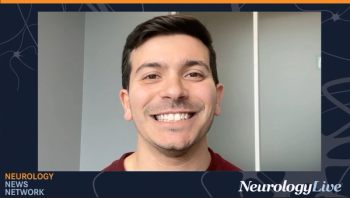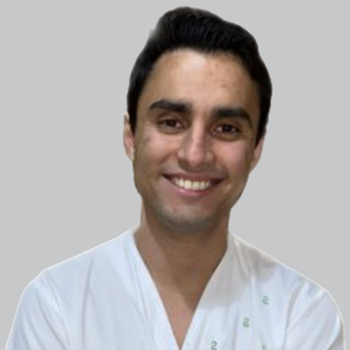
Understanding ALKS 2680’s Wake-Promoting Effects Through qEEG: Julia Chapman, PhD
The postdoctoral researcher at the Woolcock Institute of Medical Research highlighted EEG-based evidence supporting ALKS 2680's wake-promoting effects in patients with narcolepsy and idiopathic hypersomnia. [WATCH TIME: 3 minutes]
WATCH TIME: 3 minutes
"We saw a decrease in low-frequency drowsiness signals and an increase in high-frequency bands tied to alertness—matching both objective and subjective improvements."
In recent years, the therapeutic landscape for sleep disorders has boomed, with several new, novel options for a variety of different conditions, including emerging pharmacologic treatments. Among the many in development currently includes ALKS 2680 (Alkermes), an oral, once-daily, selective orexin 2 receptor (OX2R) agonist being tested in patients with narcolepsy type 1 and type 2, and idiopathic hypersomnia. Orexin, a growing research topic, is essential in sleep disorders because it regulates wakefulness and arousal, and its deficiency is a key cause of narcolepsy with cataplexy.
At the
Led by Julia Chapman, PhD, findings showed that treatment with the OR2X agonist led to statistically significant wake-promoting effects on several qEEG spectral parameters, which correlated with objective and subjective improvements in wakefulness/alertness. Chapman, a postdoctoral research at the Woolcock Institute of Medical Research, sat down with NeurologyLive® at the meeting to discuss the findings in detail, overviewing specific qEEG parameters that were impacted by ALKS 2680. She spoke on how data from the analysis underscores the agent’s potential wake-promoting effects across a variety of sleep disorders.
REFERENCE
1. Modi M, Yee B, Chapman J, et al. 0830 Effects of the Orexin 2 Receptor Agonist ALKS 2680 on qEEG in Patients with Narcolepsy and Idiopathic Hypersomnia. Presented at: 2025 SLEEP Annual Meeting; June 8-11; Seattle, WA. ABSTRACT 0830.
Newsletter
Keep your finger on the pulse of neurology—subscribe to NeurologyLive for expert interviews, new data, and breakthrough treatment updates.



































